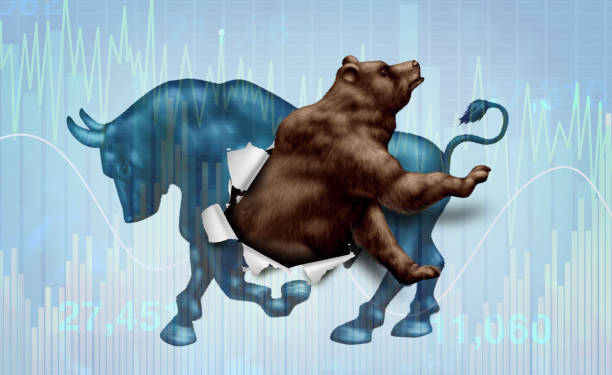
The very robust US labour market data released on Friday was a shock for equity markets, which had surged in the aftermath of Powell's speech confirming a slower pace of rise in December. Non-farm payrolls (NFPs) came in at 263k, which was significantly higher than the 200k that had been anticipated, and average hourly wages rose 5.1% y/y, well above the 4.6% expected. The job report came as a surprise following an event hosted by the Brookings Institution on Wednesday, at which Powell emphasized the need to slow the pace of rate hikes as early as the December FOMC meeting, therefore solidifying a 50 basis point hike rather than a 75 basis point boost. Markets celebrated as they repriced Fed rate forecasts lower and factored in about 50 basis points of cuts in the second half of 2023. Fed rate expectations must now be reassessed in light of red-hot labour market statistics, as a higher-for-longer rate path gains traction. US Treasury yields rebounded after the release of the NFP report. The yield on the 2-year Treasury note increased by 12 basis points to 4.42%, and yields on the 10-year note surged by 8 basis points to 3.59%. The Treasury yield curve remains inverted, with the yield spread between the 10-year and 2-year maturities reaching -0.75%, the highest level since September 1981. The S&P 500 (US500) index retraced more than half of its post-Powell speech gains, dropping to 4,035 points as of 2:30 pm GMT and gaining 0.8% for the week. The tech-heavy Nasdaq 100 (US100) fell below 12,000 points also retracing nearly half of its weekly gains (1.9%). European equity indices were more steady. German Dax (DE40) held at about 14,500 points, flat on the week, while FTSE 100 (UK100) rose 1.5%, buoyed by positive Brexit developments. The Chinese domestic equity market (CN50) was the largest outperformer, gaining 7% on the week, as Chinese authorities further eased Covid restrictions amid widespread protests.
The market was overly optimistic about a "Santa rally," spurred by Powell's latest dovish attitude, but may now face a rough two-week road leading up to the next US CPI data and FOMC meeting. Risky asset price action recently showed widespread bullishness and reached stretched levels, encouraging increased caution from late bulls attempting to catch the bear market rebound. Prior to Friday, 92% of S&P 500 equities were trading above their 50-day moving average, a level that has historically triggered a bearish reversal. The Fed is in a "blackout period" until the FOMC meeting on December 14, but I think it will keep focusing on inflation without worrying too much about the latest decline in manufacturing activity. Furthermore, the rapid rise in wages is a red light for the Fed's primary worry, a wage-price spiral. The Fed can thus maintain its hawkish approach at the December 14 FOMC meeting, which will be preceded by a US CPI report the day before, which is likely to be badly absorbed by markets. There is room for bond yields to recover and for the dollar to retrace some of its recent loss, while negative sentiment toward riskier assets such as equities may resurface. The S&P 500 index encountered fresh bearish pressure at 4,100 levels on Friday, after strongly breaching its 200-day moving average for the first time since April and firmly trading above the 4,000 psychological mark. The price action had reversed solidly when it met the dynamic resistance, represented by the 2022 trendline. The S&P is currently seeking support near 4,000 points, which coincides with the 38.2% Fibonacci retracement line of the low to high of 2022. If this level is broken to the downside, there is the potential for a move to 3,800 (23.6% Fibonacci) prior to important data (US CPI) and the FOMC meeting. Given the expected repricing of Fed rates for 2023 after the NFP reading, and the Fed blackout period, bull efforts to break over 4,100 have fewer probabilities.
Oliver Michael
The Nasdaq has lagged behind peers in the recent bear market rally, as the picture for tech stocks deteriorated amid widespread layoffs in the industry.